Clicker training with dogs is fairly well known, but all animals can be trained with the 揅licker?method, cats, birds, horses and most others.
Dogs soon learn that when they perform a particular action it gets them a reward immediately after hearing the click, this is a very positive way of training, which dogs react well to. They soon start performing the action in the hope of getting another treat. The training sessions are totally pleasurable for the dog so they learn very quickly, once they have realised that they get a reward.
The difference between clicker training and other reward based training methods is that with the clicker training method the dog immediately understands which action has resulted in his receiving the reward. As he hears the click, as the correct action is performed, he immediately receives the reward.
The clicker is a more positive way of training than the spoken word simply because the dog will very rarely hear the 揷lick?at any other time, except when training, but he hears spoken words all the time, most of which he does not understand.
You need to exercise a little patience when you first start, but most dogs will start to understand after hearing the click 5 or 6 times. You will know when your dog understands, as he will look up at you when you click.
Start by going somewhere quiet so your dog is not distracted by other noises. Arm your-self with some really tasty treats, that are not usually given to him, like very small pieces of roast beef or chicken, cheese, liver or hot dogs. Use your clicker and give him a treat, do this say, three times so that he associates the click with a treat. Should your dog be of a very nervous disposition, and is frightened of the click then muffle it by putting it in your pocket to begin with. You can start by playing games. Have his toys with you. Throw one and as he picks it up 揷lick?and reward.
Once you know that your dog understands you can start using words to go with the action. After a short while you can introduce the words ?fetch?and 揼ive?as he performs these tasks, click and reward.
You have to wait for the action you want.
Mark that behaviour by clicking.
Reward the behaviour.
Repeat.
He then quickly learns what is required of him.
You can also teach him to react to hand signals, in the same way. Once you get to this stage you only reward him when he has responded to your commands, you no longer reward him when he performs the action without the command.
To teach 搒it?or 揹own?you have to use the toy as a lure to encourage your dog into the correct position, as soon as he ?sits?or goes?down?click and reward. Do not use any verbal instructions until you are confident that your dog will perform what you want him to. Only then do you use a command, and when you believe that he will perform to command then you can stop using the toy, or treat, as a lure.
Teaching him to stay is an important lesson to learn. Start by putting him in a sit or down, which ever is your dog抯 favourite position. Tell him to stay but don抰 move, if he holds it for a few seconds click and reward. Do this a couple of times before you try taking just one step away, if he holds it click and reward. If he moves just return to him and put him back into position. Keep practicing until you can walk unlimited distances away, but don抰 try to go too far too quickly.
Teach your dog the difference between 搒tay?and 搘ait? Stay is when you are going away from him and will return to him. Wait is for a variety of occasions;
1) You don抰 want him to jump out of the car until you say.
2) he may be ahead of you and you want him to wait till you catch up with him.
3) he may be about to cross the road without you, and you want to check it first.
There are countless needs for the command to wait.
If your dog is not good on recall then start using the clicker to get him to respond to his name, he will soon learn that he gets a reward when he responds. No dog will come to call if you can抰 get his attention when you call his name. So when he looks up at you click and reward. The next step would be to call him when he is a distance away, somewhere quiet where there are no distractions, click when he looks up, call him click again and reward. You will soon be able to have good recall when you are out.
The use of the clicker is generally only used while the dog is learning the cue, as in the word or hand signal, once it is understood then you no longer need to click, but the occasional reward is always worthwhile.
Clicker trainers prefer not to reprimand their dogs as they prefer to build a strong relationship with their dogs and they don抰 believe they can do this if they are punishing wrong behaviour. They also think that they get more enthusiasm from their dog if it is receiving no punishment. It is believed that any bad habits will slowly stop, as they get no reward. If the bad habit persists then the habit needs to be studied to understand why it exists, remove the cause and the bad habit should go away.

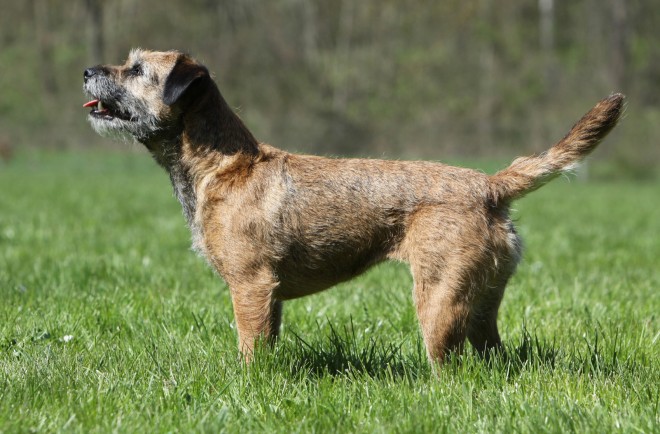 The Six Scottish Breeds Of Terrier
The Six Scottish
The Six Scottish Breeds Of Terrier
The Six Scottish
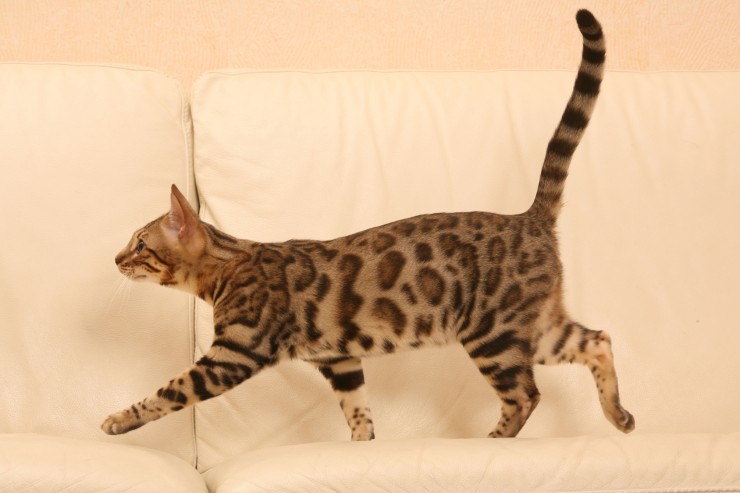 Cats And Spinal Injuries
Cats And Spinal I
Cats And Spinal Injuries
Cats And Spinal I
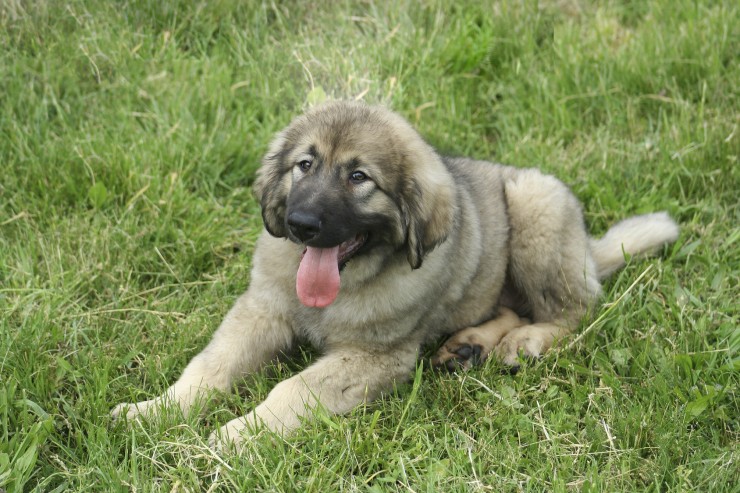 More About The Charming And Loyal Carpathian Sheepdog
More About The Ch
More About The Charming And Loyal Carpathian Sheepdog
More About The Ch
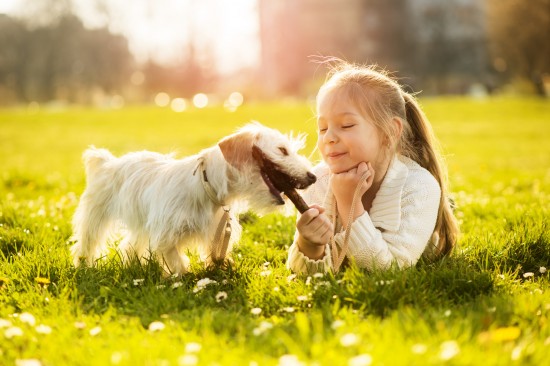 Why It Is Vital To Ensure That Your Children Do Not Tease Your Puppy
Why It Is Vital T
Why It Is Vital To Ensure That Your Children Do Not Tease Your Puppy
Why It Is Vital T
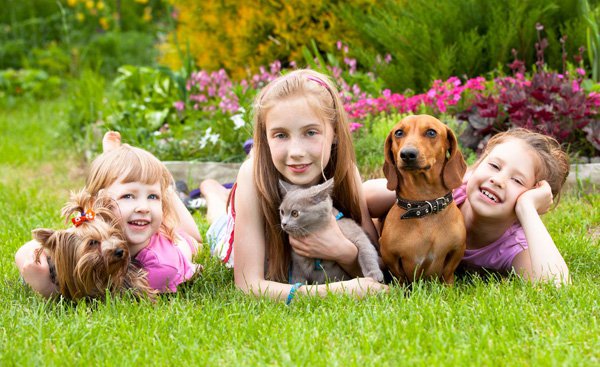 Super Food for Dogs to Achieve Good Health
Super Food for Dogs to Achieve Good Health
Spe
Super Food for Dogs to Achieve Good Health
Super Food for Dogs to Achieve Good Health
Spe